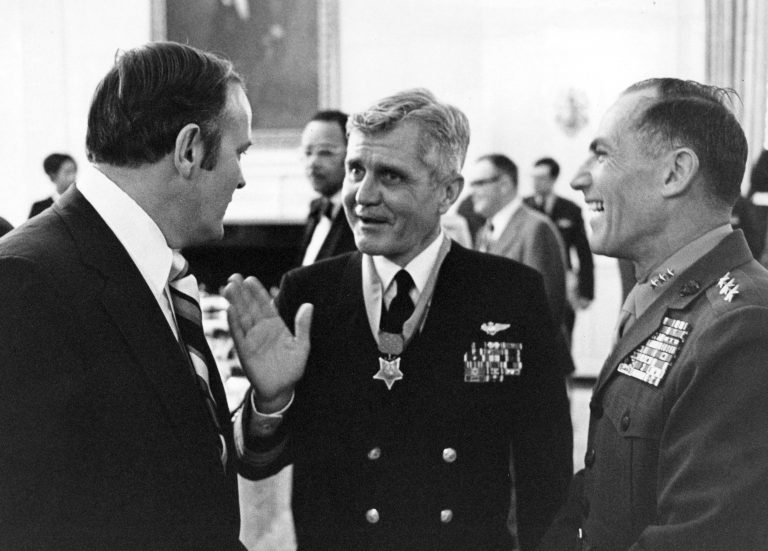https://danmulhern.com/wp-content/uploads/2020/05/Faith-Facts-and-Goals.m4a
By Laura Andersen of LeadingX2
This week I talked to a customer-facing manager while he prepared lunch for his kids. In the past month, he lost the chance to backfill vacant roles on his team and hire much-needed positions to support first quarter sales. Expectations of his team have not changed, but their capacity is down 40%. He seemed… resigned to his fate given the circumstances, but completely at a loss with how to handle the implications. Do his leaders know what they are asking of him, really? Do they know how he is doing?
Right now, leaders are getting less feedback than ever, especially if their teams did not have a foundation of verbal candor and open communication before shelter in place began. In the office, we gather “feedback” from a trio of reactions: fight, flight, or freeze. We feel tensions rising, sense when someone is on the job hunt or wants to transfer, and observe visible disengagement. But when we are physically separated, we can’t walk the floor. Nonverbal feedback loops fall apart.
To be fair, most employees have lost the flight option… there are no job offers to flee to and the market for independent consultants contracted. Many are too weary and worried to fight with colleagues; their energy is going in a hundred other directions. And why bother fighting when it is easy to “freeze” from afar, to separate emotionally in a way that matches physical reality? So as leaders, we must either create a new reality that facilitates sustainable engagement, or run the risk of letting ourselves, and those around us, fall into disconnect.
Disengagement does not seem to be taking place yet in most organizations. If anything, leaders are letting employees run on adrenaline as everyone scrambles to “make it work.” Instead, the intense pressure to maintain productivity with reduced capacity is inevitably setting employees up for the long-term disengagement-of-no-return: burnout.
Organizations are making decisions to freeze hiring, furlough employees, and undergo layoffs; most leaders have not recalibrated goals or strategic plans to accommodate the change. They count on people spending minutes saved from commuting to subsidize working hours (at best) or they exploit their employees’ fear of being the next cut to insist on higher output (at worst). This setup includes countless parents trying to hold pace while layering on childcare duties. It is a recipe for burnout in the purest sense: overwhelm, exhaustion, and inability to meet existing demands.
Organizations really need long-term high-quality effort from everyone to get back on their feet. It’s time for leaders to get out of the Zoom clouds, into the tough tradeoffs, and reset the work. Great leaders tell a compelling story about what to do and why to do it, offering clarity in moments of discordance. We are in discordant times. So continue the drumbeat of “why we do what we do” and reset expectations – the what – to a sustainable level given the new reality of your working conditions. Then go hands-on to help the team figure out how to make your new goals happen.
What this process requires from all leaders – heads of companies, nonprofits, families, small businesses – is that timeless combination of courage and humility. We need the courage to champion why we all press on, with the humility to adjust what pace of progress we expect of ourselves toward that vision. Admiral Jim Stockdale, decorated veteran and former prisoner of war, aptly describes the paradox we face: “You must never ever ever confuse, on the one hand, the need for absolute, unwavering faith that you can prevail despite the constraints with, on the other hand, the need for the discipline to begin by confronting the brutal facts, whatever they are. We’re not getting out of here by Christmas.”
Friends, we are not getting out of here by Christmas. If one thing has become clear, it’s that we must all be sane, productive, creative and resourceful for the months – not days – to come in order to climb out of this massive disruption. We will need all hands, heads and hearts on deck if we’re going to make it to Christmas as unified, as courageous, as humble, as committed to our respective causes as ever before. We can, and we must. Get courageous with your vision, humble with your expectations, and listen to lead as if your own well-being and the well-being of the people around you depend on it… because they do.

